Introduction
Microsystems, presently without doubt among the major innovations within contemporary power systems, arose owing to the increasing demand for reliable and sustainable energy solutions. Microgrids have the characteristics required to improve resilience, efficiency, and sustainability in decentralized energy networks, thus representing an essential part of the future energy landscape.
What Are Microgrids?
A microgrid is a localized energy grid which are typically runs independently from main power grid, however it can also connect to the system and operate as a part of the larger network. A microgrid will typically include of Distributed Energy Resources (DERs) through solar panels, wind turbines, batteries and backup generators. Microgrids are usually designed to serve either a single facility or an entire community and with it, they cooperate in long-term investment to create an energy system that is more resilient and more efficient than a conventional system.
Benefits of Microgrids
1. Enhanced Resilience
Microgrids can provide power continuously even when there is a blackout in grid. This is brining of by islanding from main grid in times of outages, microgrids do this to keep essential services operational, such as hospitals, data centers, and emergency response facilities.
2. Improved Energy Efficiency
Microgrids allow to localize both energy generation and consumption. In addition to that, they reduce transmission losses which are inevitable in traditional power systems. They also incorporate smart energy management systems for optimally distributing and consuming energy.
3. Integration of Renewable Energy
Renewable energy sources such as solar and wind can be promoted by microgrids, which further seek to reduce fossil fuel dependency and carbon emissions. Advanced storage systems allow for the supply of clean energy uninterrupted by fluctuations in generation.
4. Cost Savings
Microgrids save consumers money on electricity through a mixture of renewable energy sources along with storage of that power. They also present opportunities for demand response programs, where customers hence change their consumption patterns according to price signals.
5. Energy Independence
Microgrids afford communities and organizations greater command over their energy supply. This is especially useful in remote or disaster-prone areas where grid access is often erratic or completely non-existent.
Microgrids are showing increased applications in various fields that include the following:
• In hospitals, microgrids are used to ensure continuous power supply to critical medical equipment.
• Military applications involve microgrids to maintain energy security and operational efficiency.
• Microgrids are beneficial to the university by integrating renewable energy and lowering energy costs.
• Industrial and commercial facilities utilize microgrids to keep the business operating during outages while defraying energy costs.
• Communities that are off-grid rely heavily on microgrids for reliable access to electricity.
Challenges and Future Outlook
The construction of microgrids has numerous benefits, but they face an initial investment challenge, regulatory issues, and technical complexities in their integration. Nevertheless, improved battery storage systems, development of artificial intelligence, and the capacity to work with blockchain technologies add much more feasibility to microgrid implementation.
As the importance of strong energy systems continues to be accept by governments and businesses, investment in microgrids is expected to pick up momentum. Microgrids stand to contribute greatly toward developing a more reliable, efficient, and sustainable energy terrain as innovation continues.
Conclusion
Microgrids would herald a revolutionary approach to modern energy systems-an avenue that entails resilience, efficiency, and sustainability. With changing technologies and policies, he/she would have to undergo inevitable evolution toward an indispensable solution for ensuring a secure and cost-effective future in terms of energy.
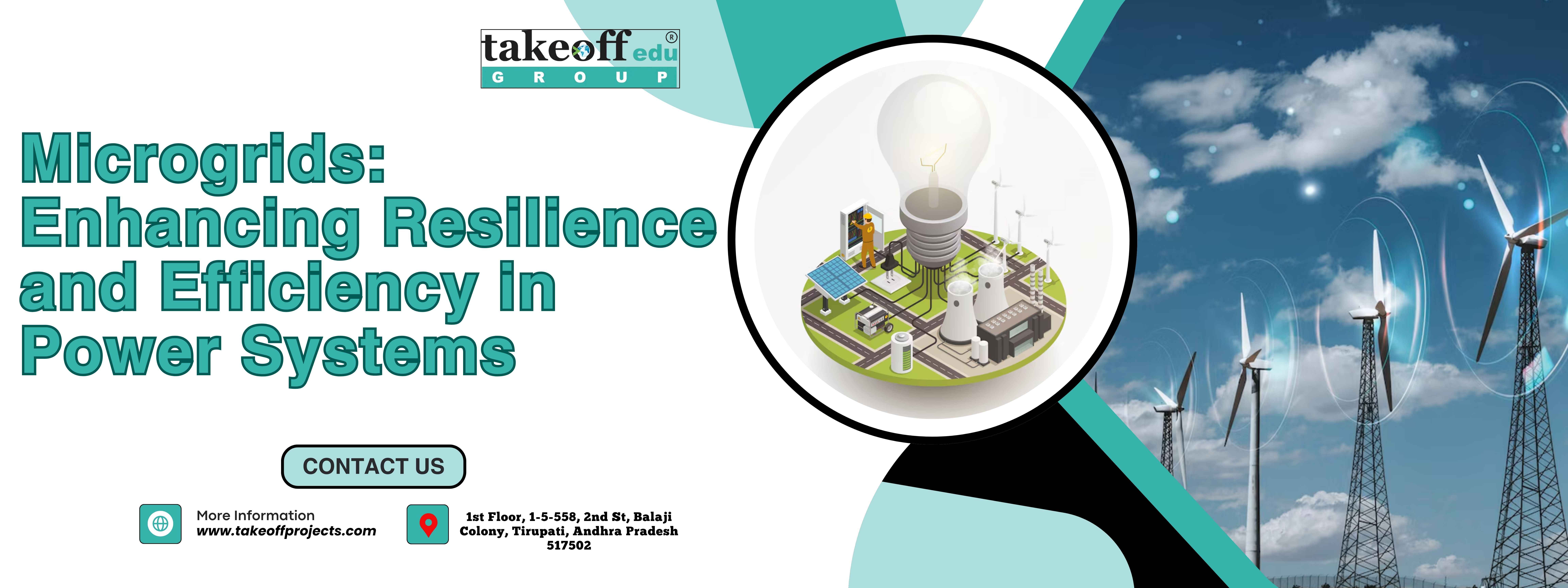
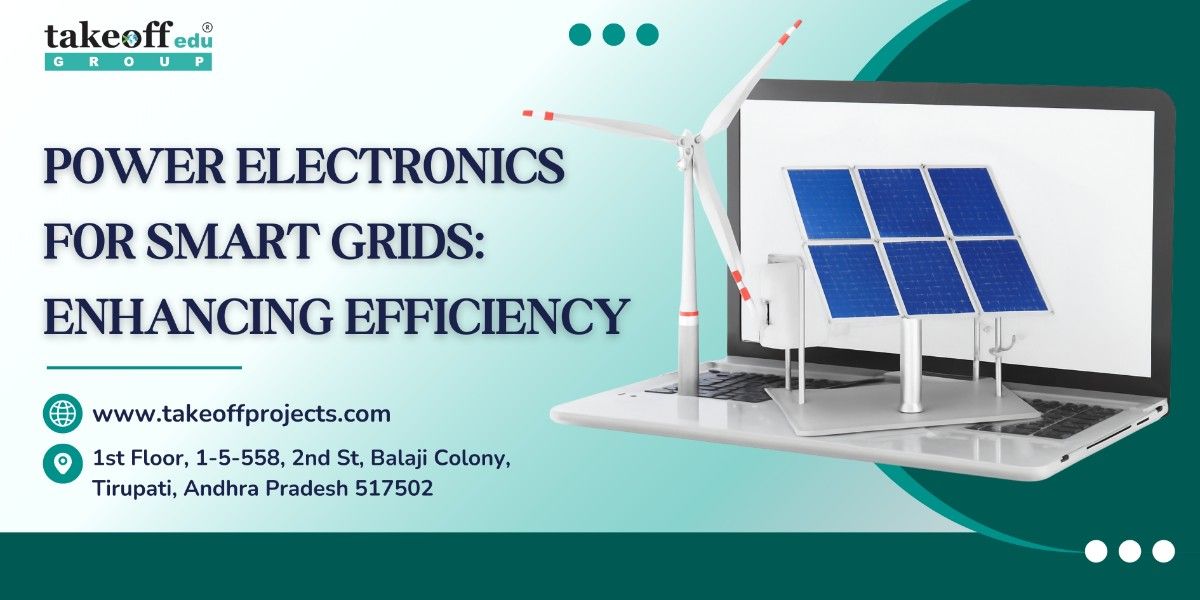 Power Electronics for Smart Grids: Enhancing Efficiency
Power Electronics for Smart Grids: Enhancing Efficiency  Introduction to Control Systems: Principles and Applications
Introduction to Control Systems: Principles and Applications 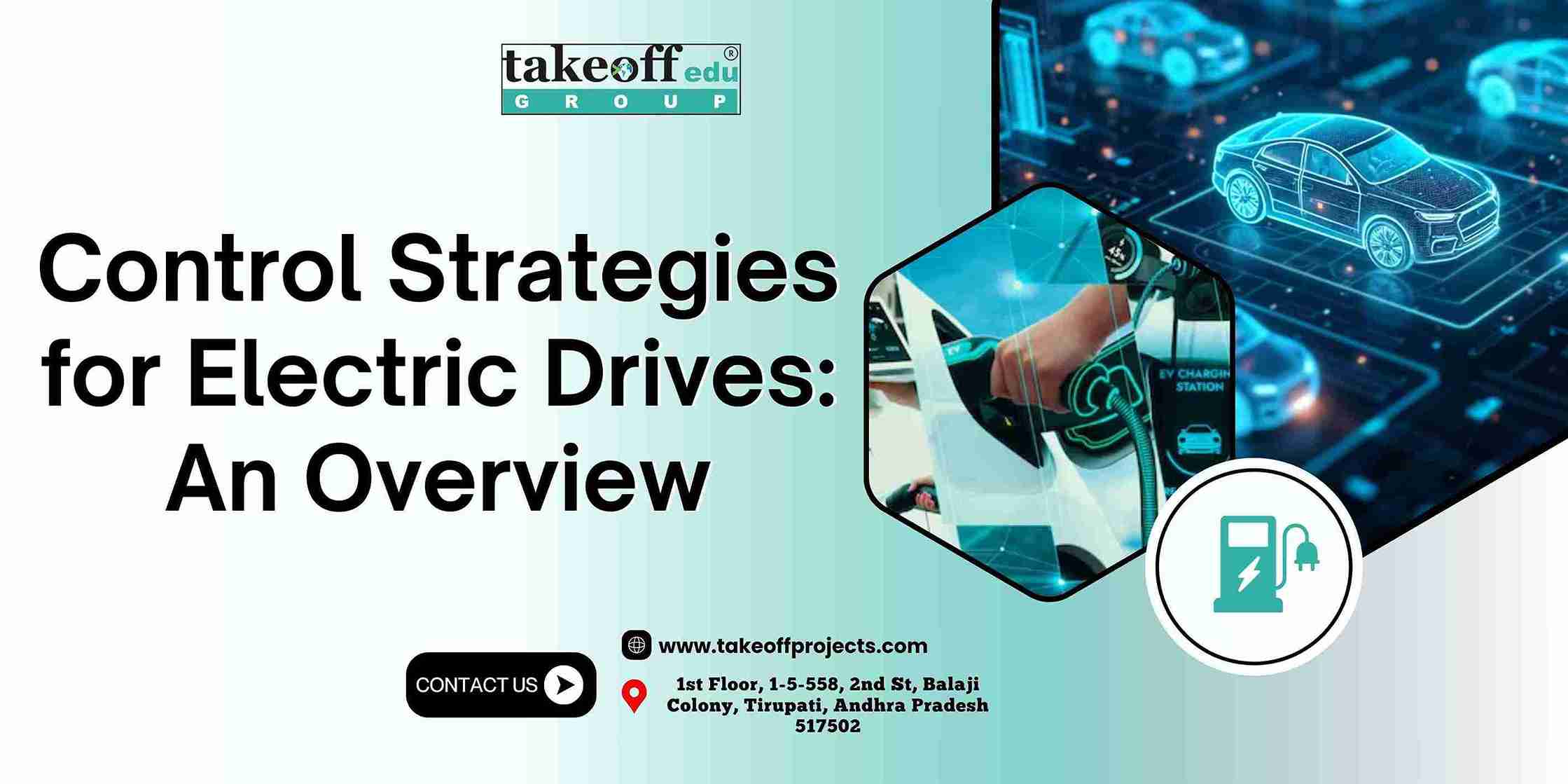 Control Strategies for Electric Drives: An Overview
Control Strategies for Electric Drives: An Overview  Electric Drives: Fundamentals & Key Components
Electric Drives: Fundamentals & Key Components 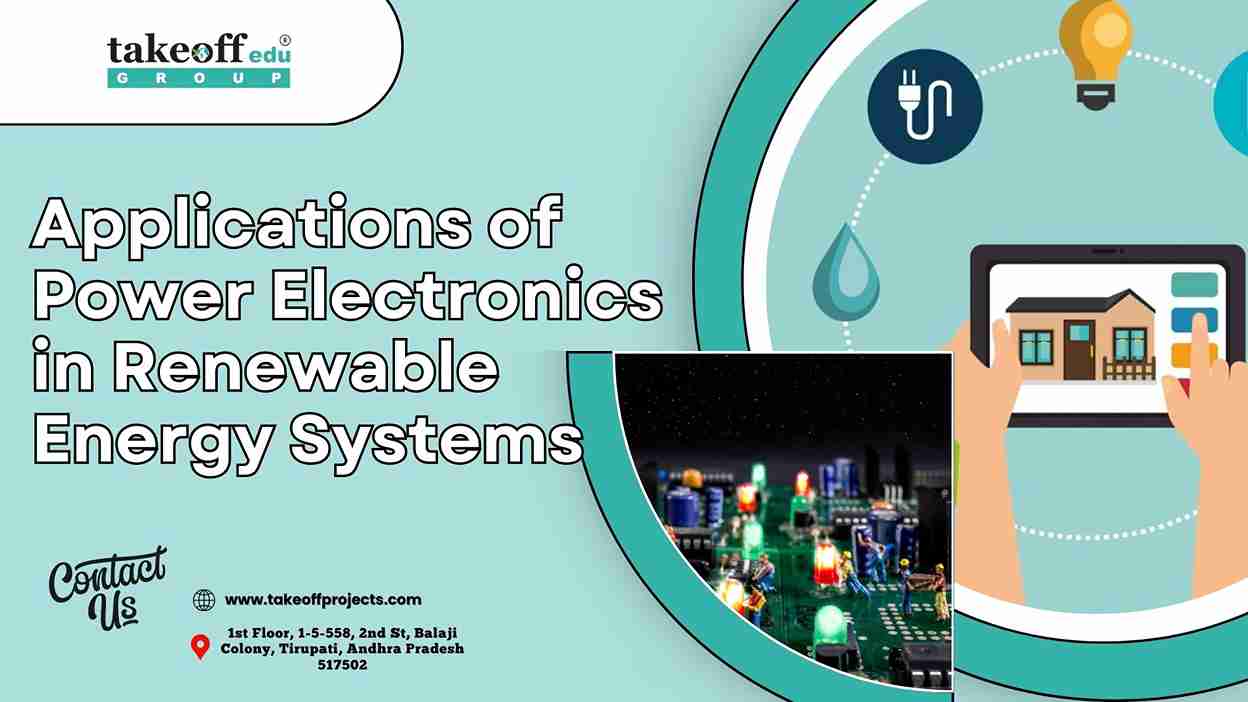 Applications of Power Electronics in Renewable Energy Systems
Applications of Power Electronics in Renewable Energy Systems  Designing Efficient Power Converters: Tips and Techniques
Designing Efficient Power Converters: Tips and Techniques 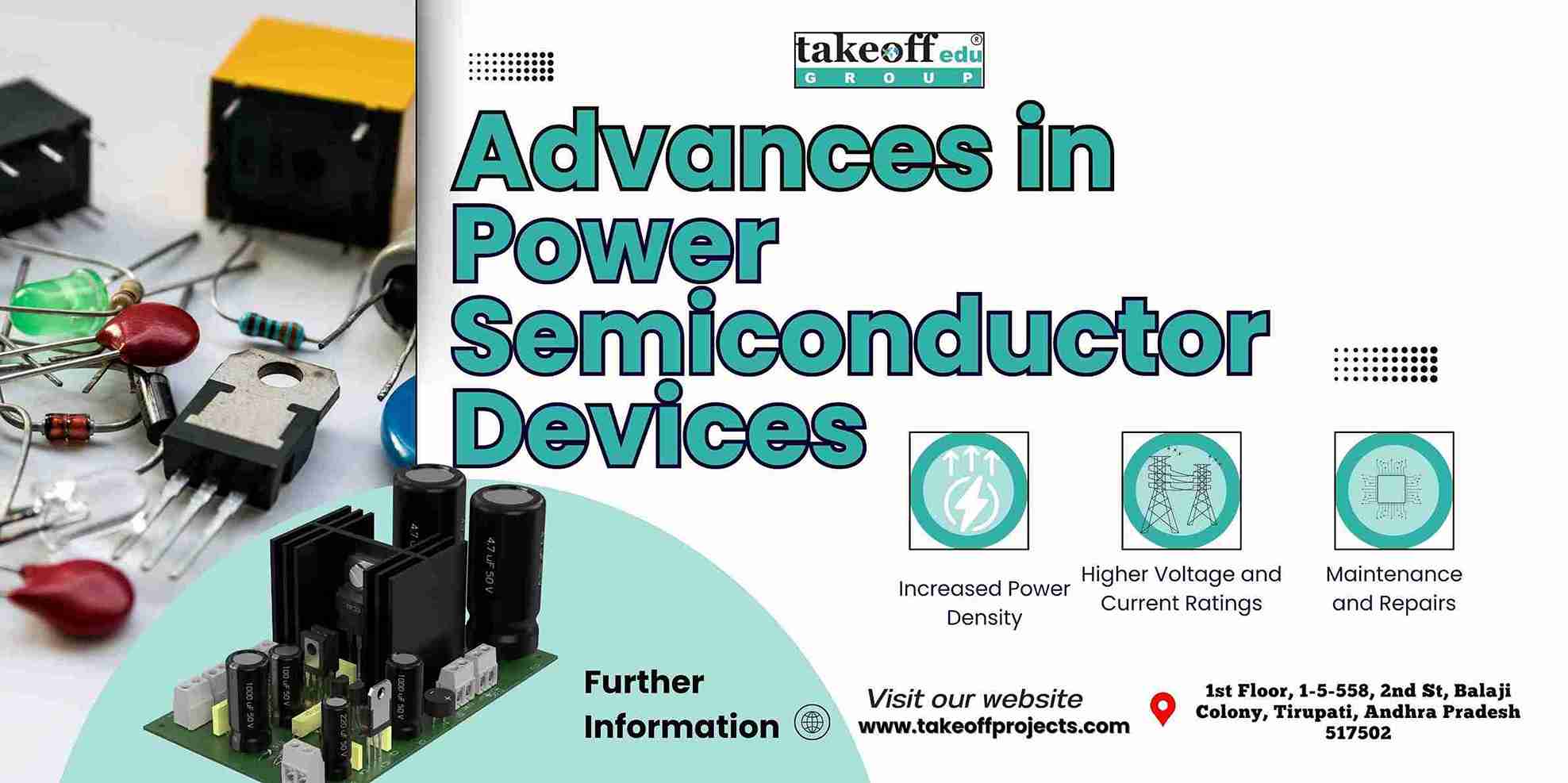 Advances in Power Semiconductor Devices
Advances in Power Semiconductor Devices 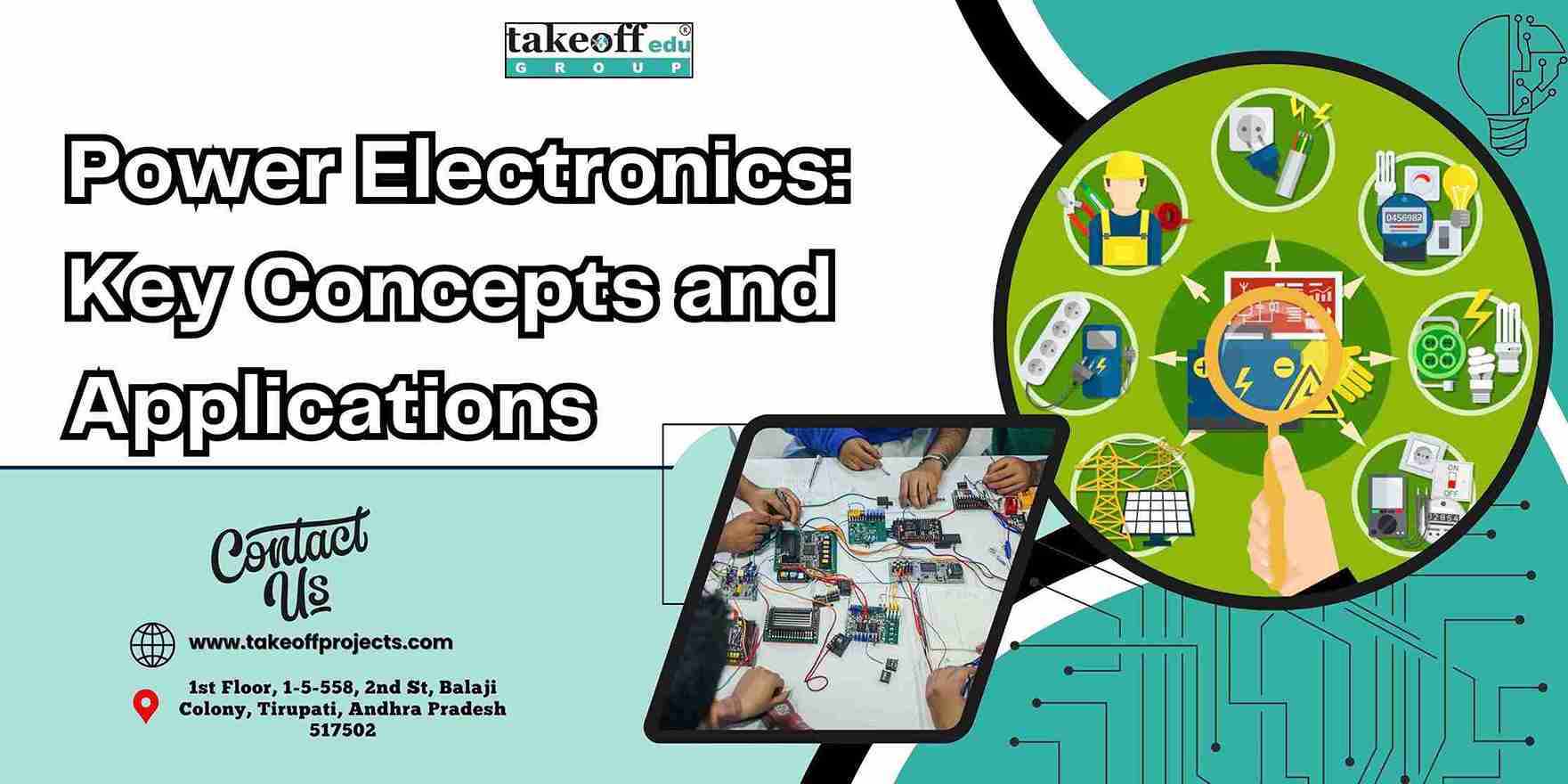 Power Electronics: Key Concepts and Applications
Power Electronics: Key Concepts and Applications 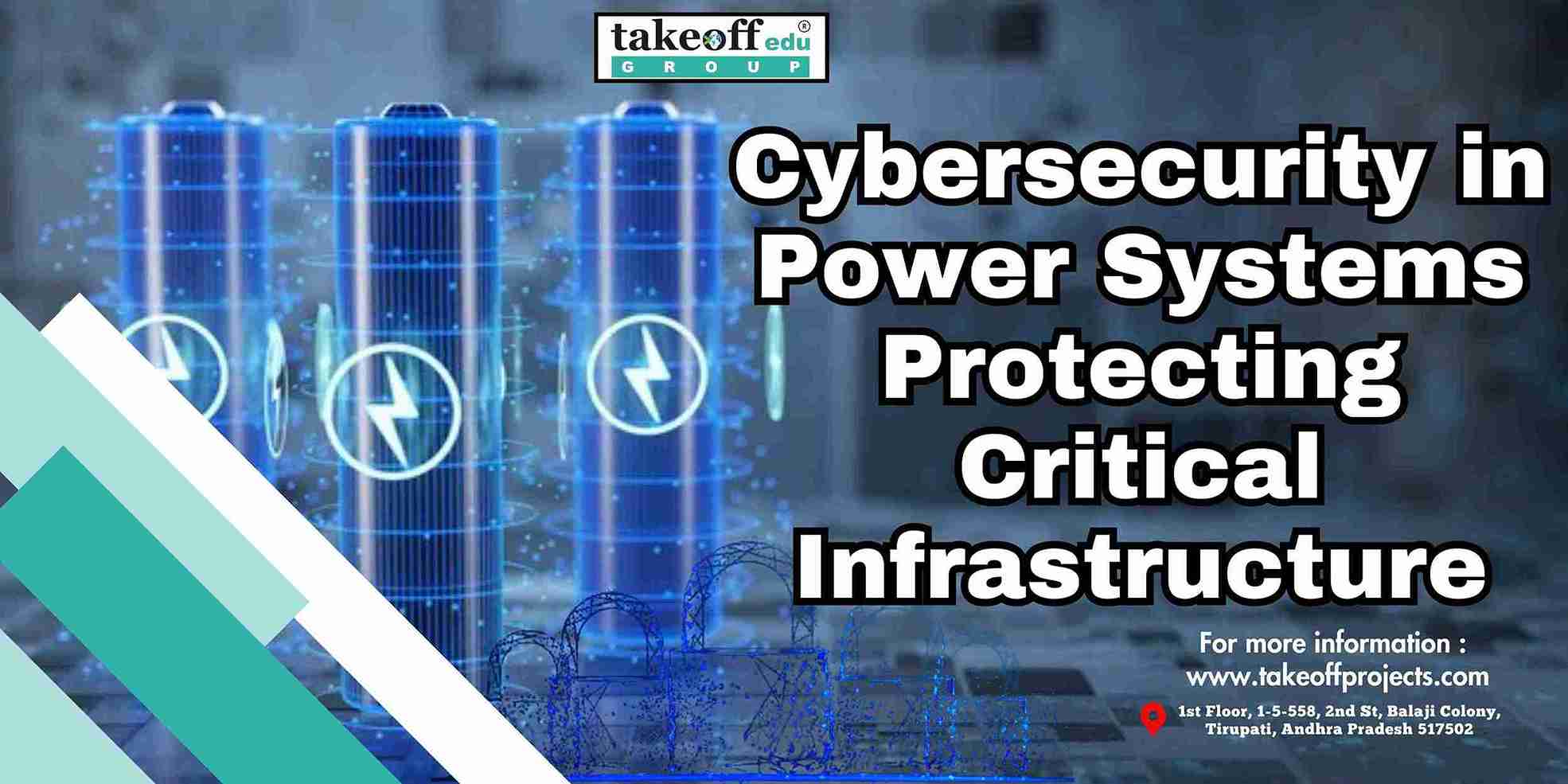 Cybersecurity in Power Systems: Protecting Critical Infrastructure
Cybersecurity in Power Systems: Protecting Critical Infrastructure 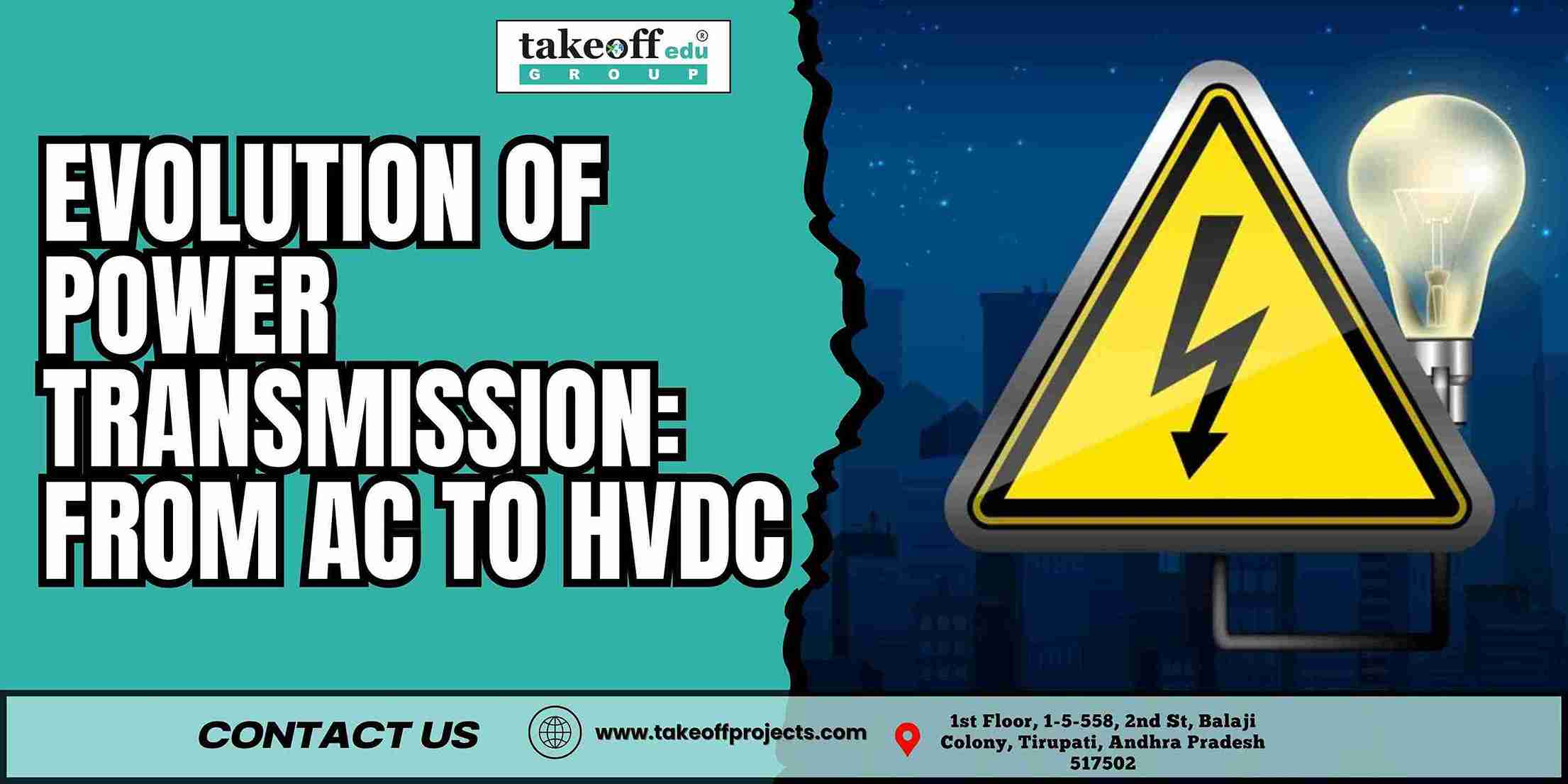 The Evolution of Power Transmission: From AC to HVDC
The Evolution of Power Transmission: From AC to HVDC 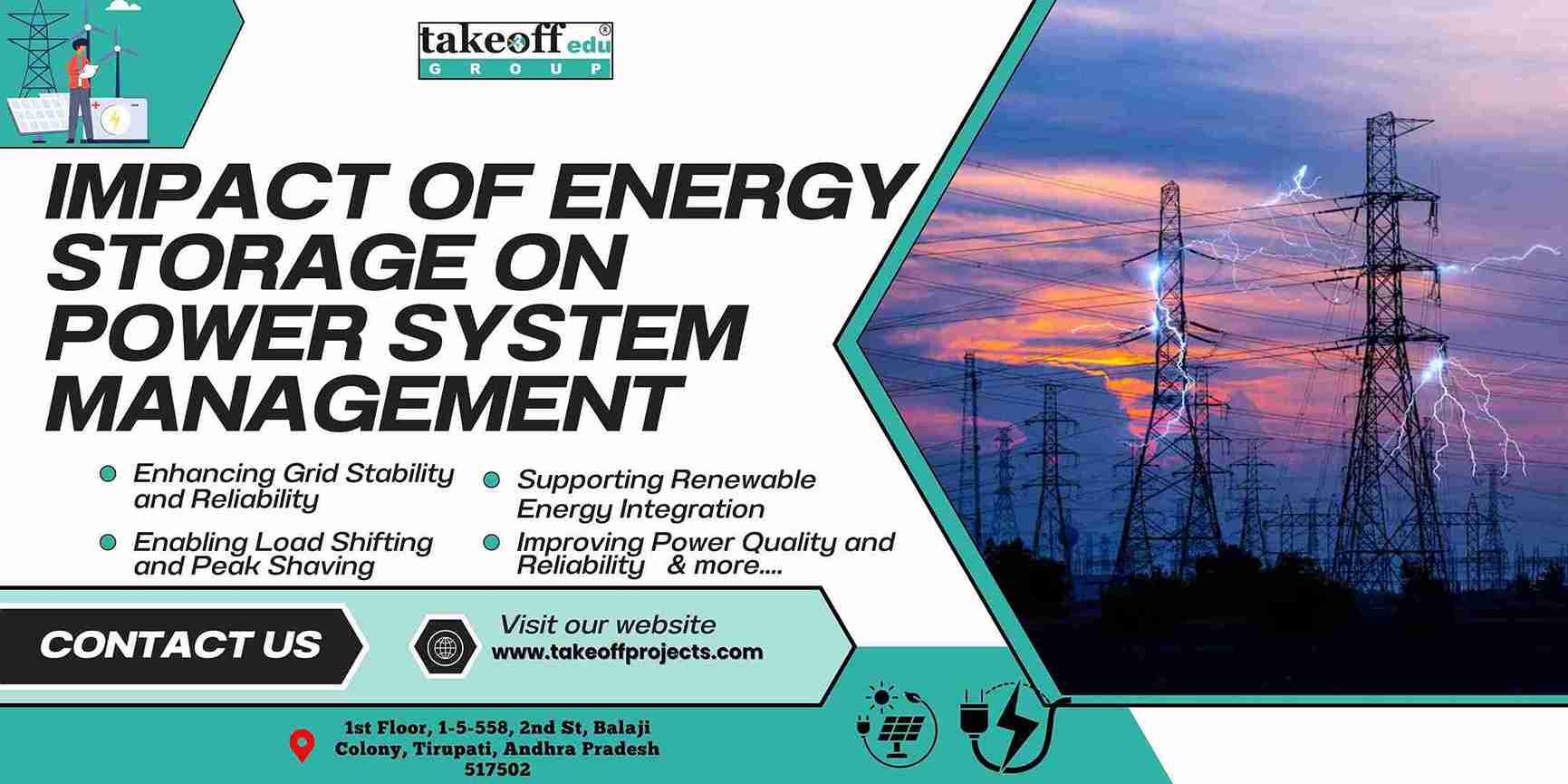 Impact of Energy Storage on Power System Management
Impact of Energy Storage on Power System Management 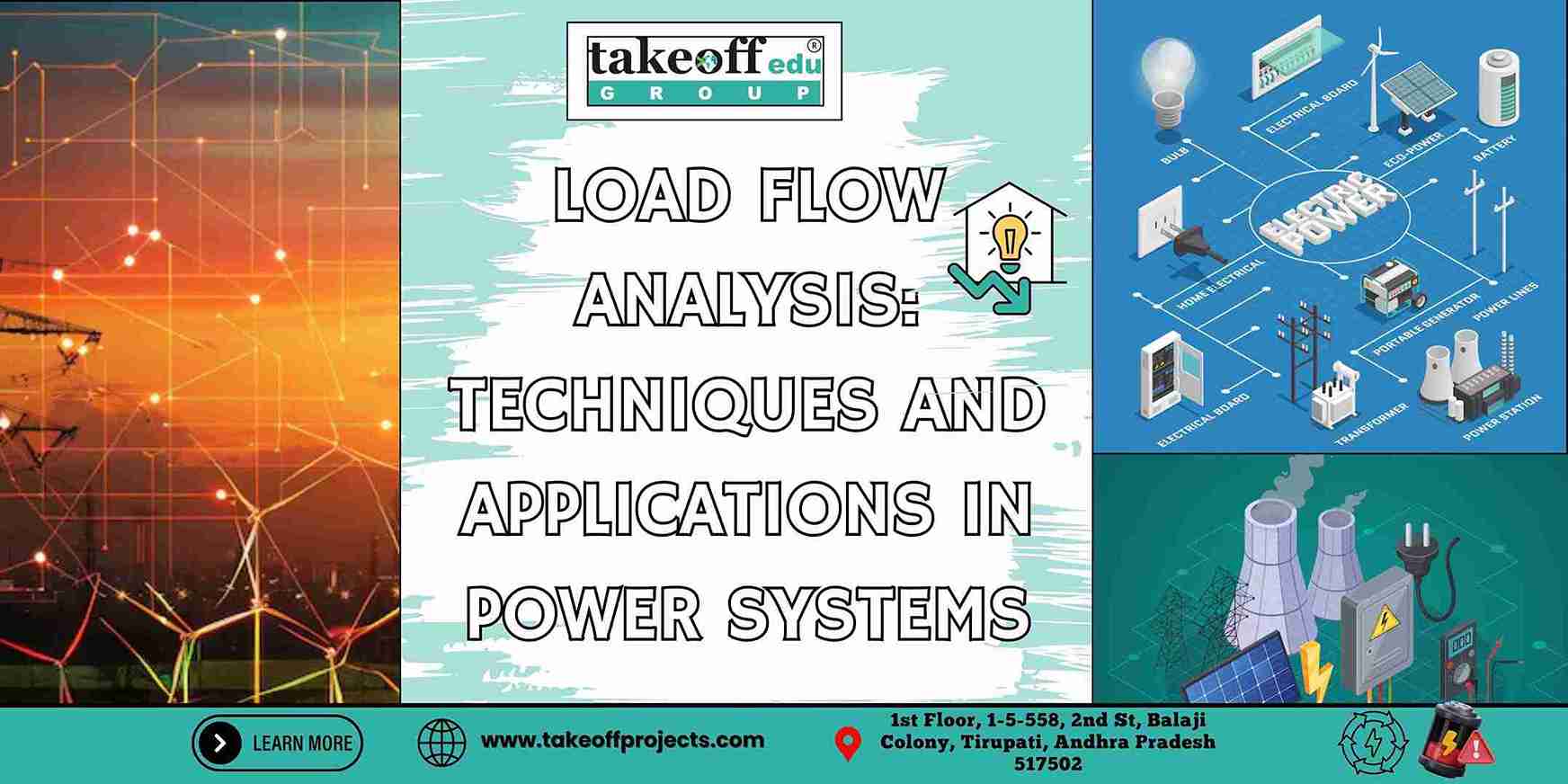 Load Flow Analysis : Techniques and Applications in Power Systems
Load Flow Analysis : Techniques and Applications in Power Systems 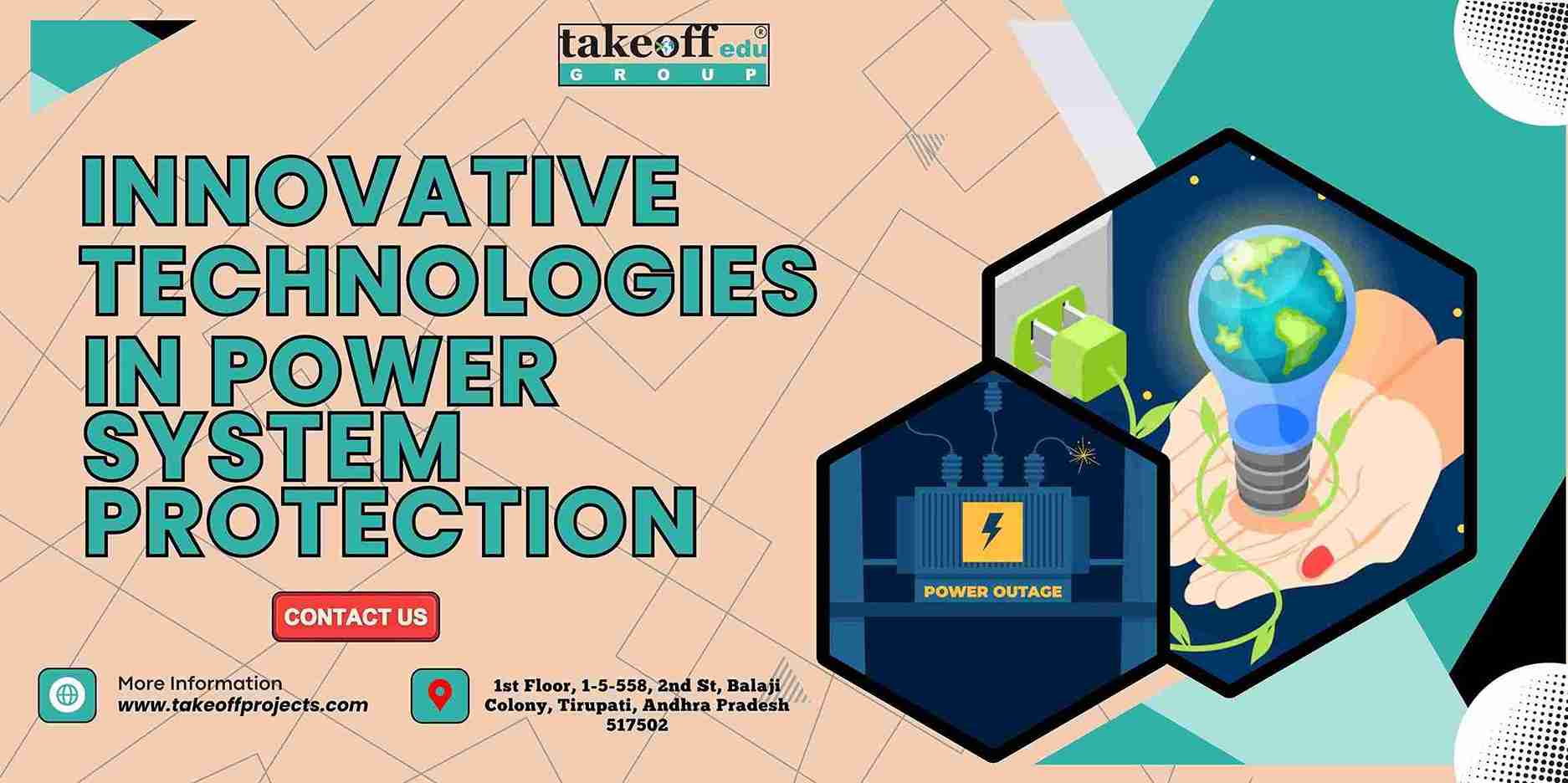 Innovative Technologies in Power System Protection
Innovative Technologies in Power System Protection 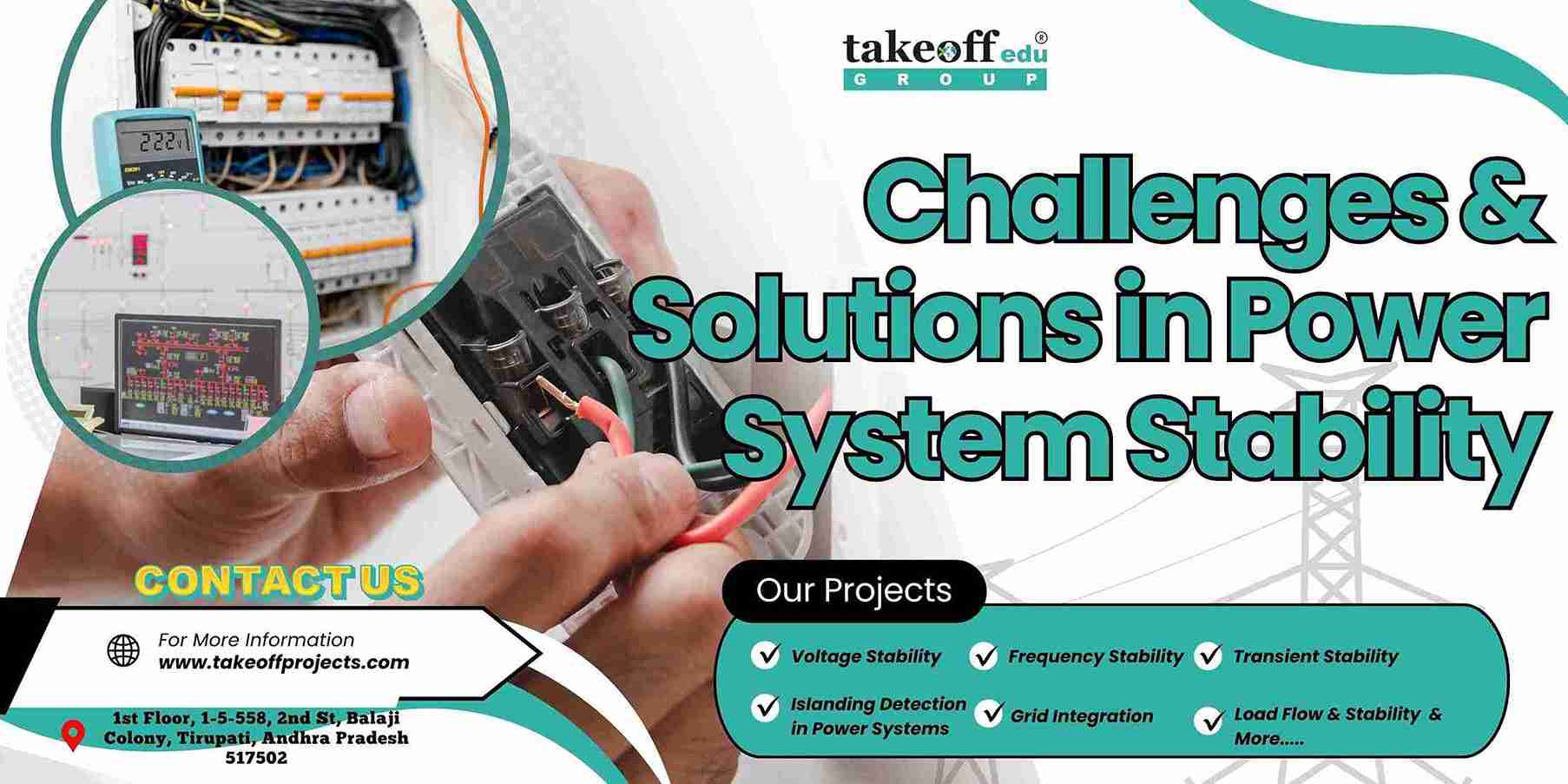 Challenges and Solutions in Power System Stability
Challenges and Solutions in Power System Stability  Final Year Electrical Engineering Project Ideas for College Students
Final Year Electrical Engineering Project Ideas for College Students 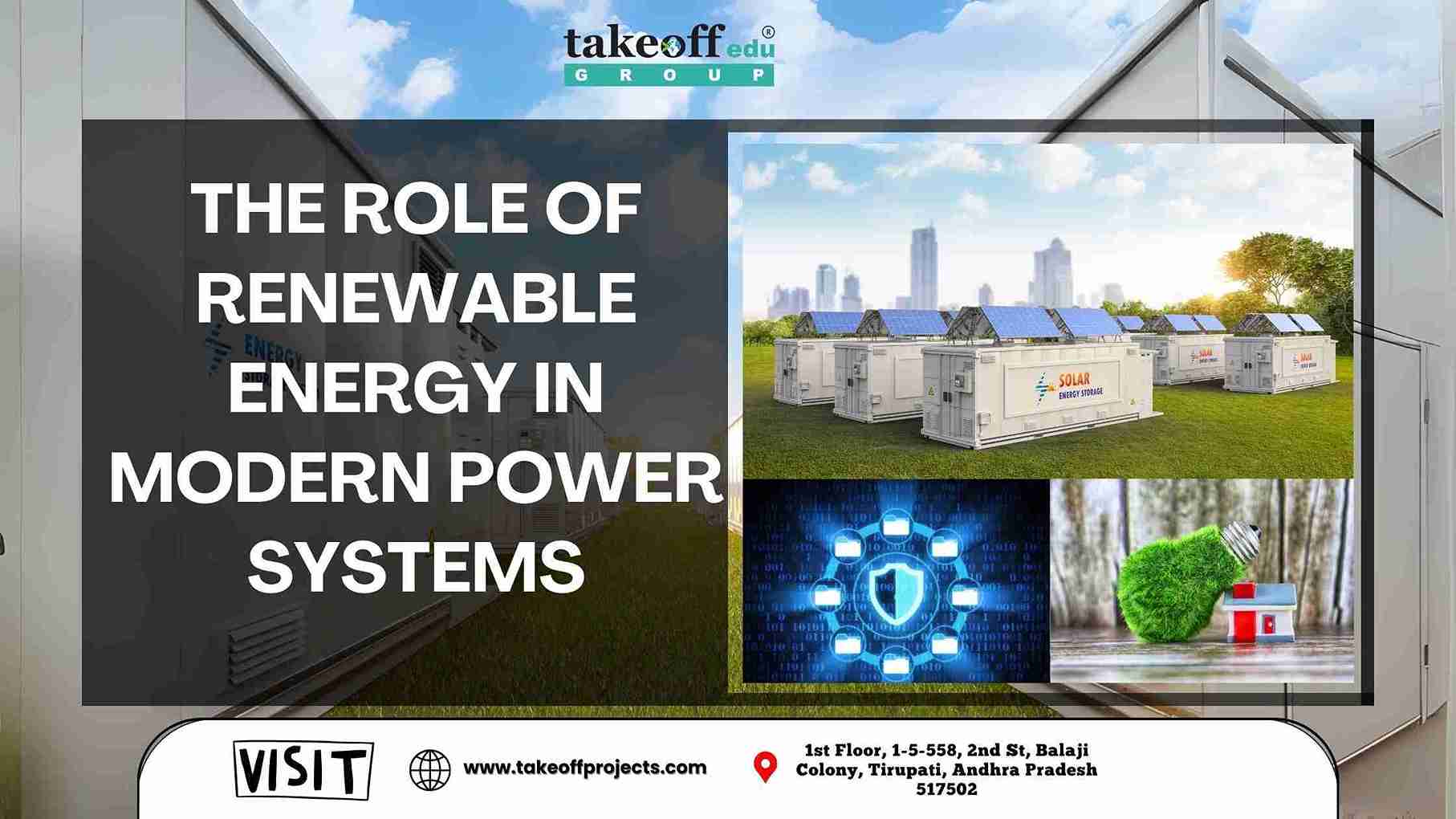 The Role of Renewable Energy in Modern Power Systems
The Role of Renewable Energy in Modern Power Systems 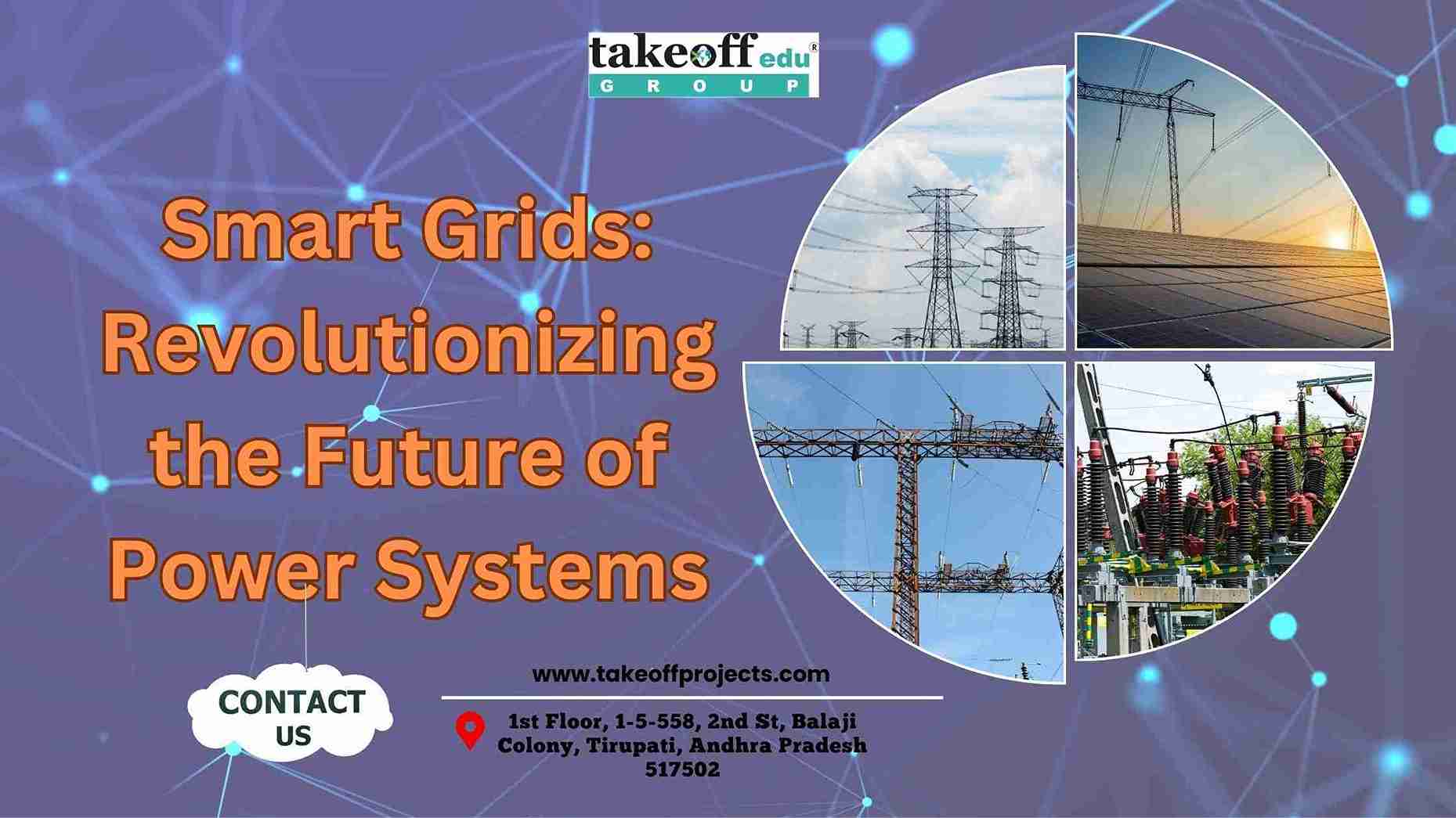 Smart Grids: Revolutionizing the Future of Power Systems
Smart Grids: Revolutionizing the Future of Power Systems 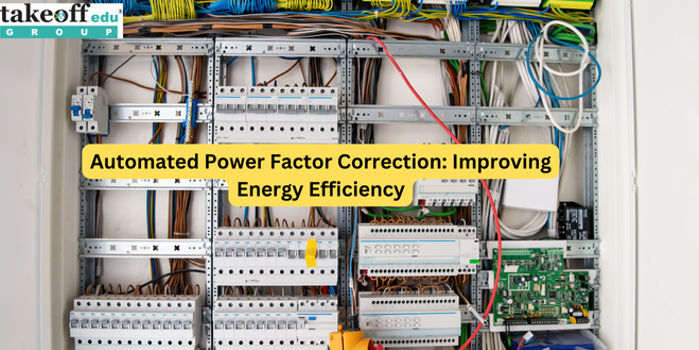 Automated Power Factor Correction: Improving Energy Efficiency
Automated Power Factor Correction: Improving Energy Efficiency 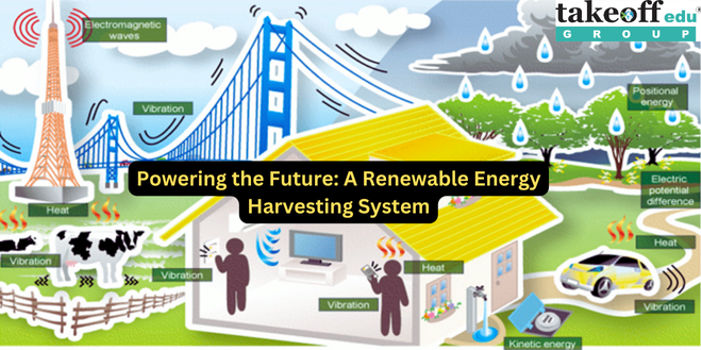 Powering the Future: A Renewable Energy Harvesting System
Powering the Future: A Renewable Energy Harvesting System 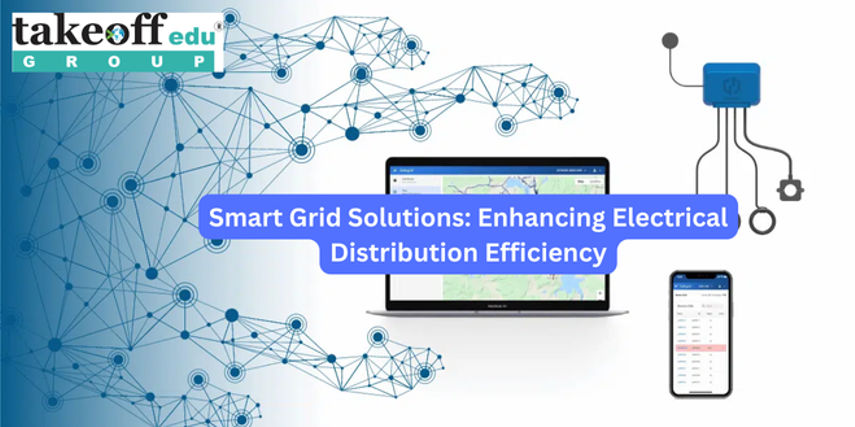 Smart Grid Solutions: Enhancing Electrical Distribution Efficiency
Smart Grid Solutions: Enhancing Electrical Distribution Efficiency 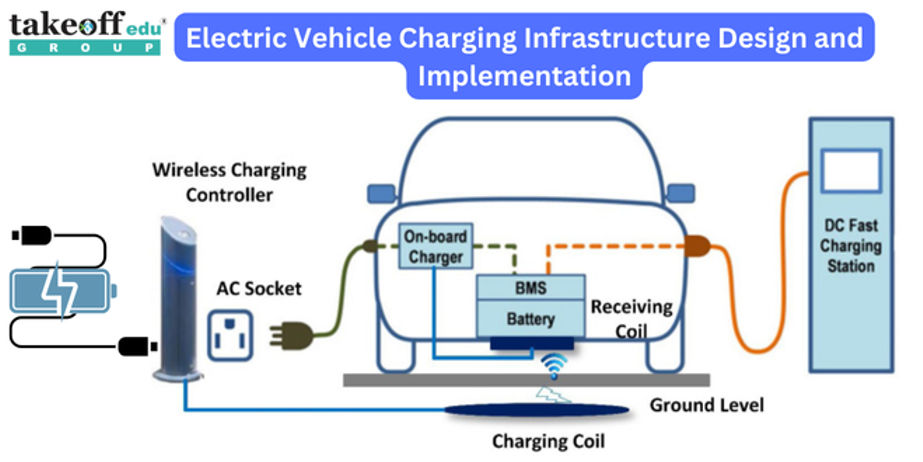 Electric Vehicle Charging Infrastructure Design and Implementation
Electric Vehicle Charging Infrastructure Design and Implementation 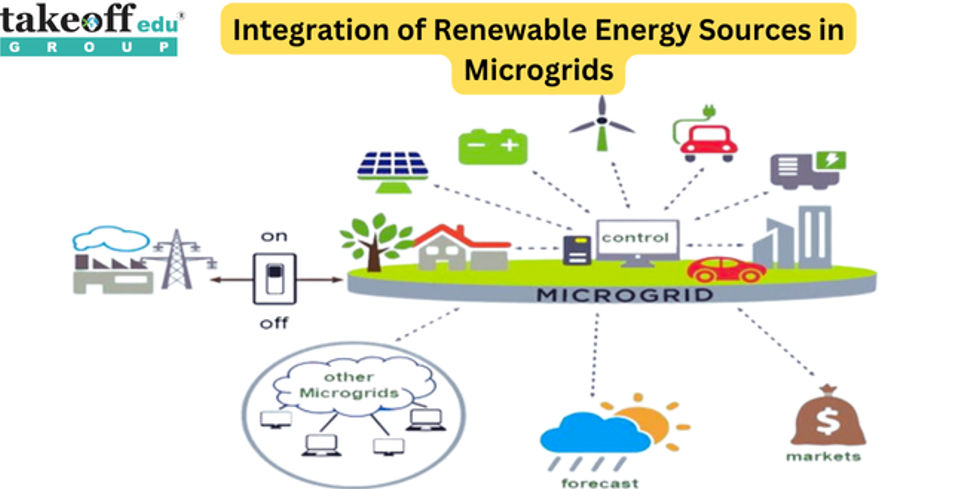 Integration of Renewable Energy Sources in Microgrids
Integration of Renewable Energy Sources in Microgrids  Electrical Projects Engineering Students
Electrical Projects Engineering Students  M.Tech Thermal Engineering Projects
M.Tech Thermal Engineering Projects 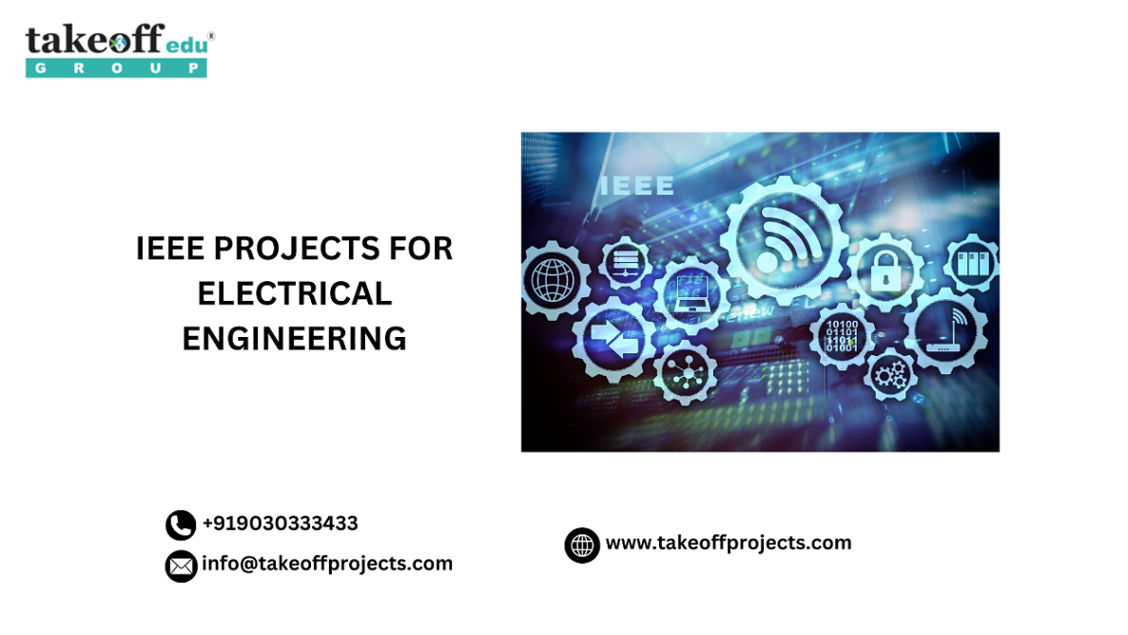 IEEE Projects for Electrical Engineering
IEEE Projects for Electrical Engineering  Mini Projects for EEE
Mini Projects for EEE  Mini Projects for Electrical Students
Mini Projects for Electrical Students  Top Electrical Projects for Final Year Students
Top Electrical Projects for Final Year Students 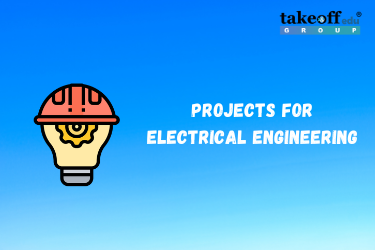 10 Interesting Projects for Electrical Engineering Students 2022
10 Interesting Projects for Electrical Engineering Students 2022  7 Trending Power Systems Based Projects for EEE
7 Trending Power Systems Based Projects for EEE  Top 10 Power Electronics Projects for EEE
Top 10 Power Electronics Projects for EEE  Top 16 Electrical Engineering Projects
Top 16 Electrical Engineering Projects 
 Paper Publishing
Paper Publishing


